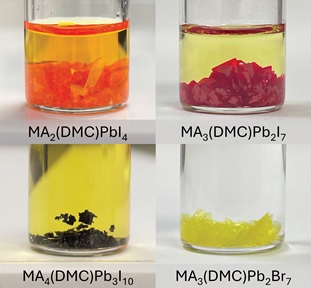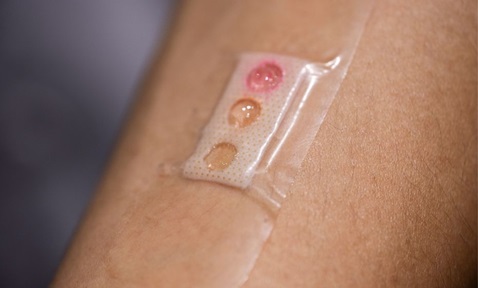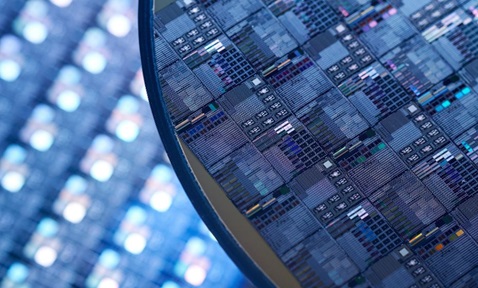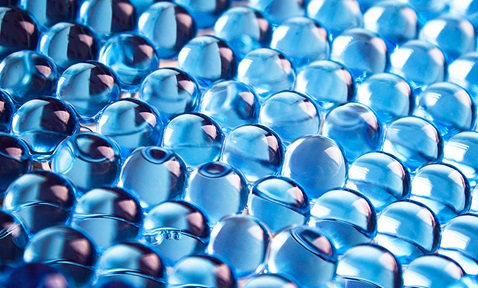
Boron Nitride Composites for Thermal Management
Synopsis
This invention presents a simple and scalable process to fabricate porous boron nitride (BN) composites. The BN microplatelets are orientated to channel heat along their alignment direction, resulting in composites with high thermal conductivity.
Opportunity
Thermal management is crucial in high power density electronics. Effective heat dissipation prevents devices from overheating, and hence, failing. This invention presents BN composites with high thermal conductivity, enhancing thermal management in electronics. These BN composites are lightweight, easily shaped and exhibit good mechanical properties, making them ideal for electronic packaging in sectors that produce Internet-of-Things devices, embedded systems, autonomous vehicles, high-speed computers and satellites, to name a few. The technology owner is seeking for co-development and out-licensing opportunities with semiconductor and device-assembling companies that require high thermal conductivity materials.
Technology
This technology introduces a method to fabricate porous BN composites with high thermal conductivity for improved heat management. The simple and scalable process involves functionalising BN microcrystal powder with iron oxide nanoparticles. The BN microplatelets are then orientated to channel heat along their alignment direction, producing composites with high thermal conductivity. The composites are fabricated using a green process with water as a solvent and exhibit the following desirable characteristics:
- Thermal conductivity of 12 W/mK
- Lightweight (~1.3 g/cm3)
- Good mechanical properties (stiffness ~400 MPa, strength ~3 MPa, hardness 0.5-1.5 kgf/mm2)
- Electrical resistivity of ~30 MΩ.cm
- Tuneable shape and size
- Excellent thermal stability up to 200oC.
Read more about the technology here.
Applications & Advantages
Main application areas include semiconductors and high power electronics for sectors such as aerospace, automotive and defence and military.
Advantages:
- Enhances thermal management by effectively dissipating heat.
- Reduces the risk of overheating in high power density electronics.
- Lightweight and easily shaped to fit various applications.
- Offers good mechanical properties and high thermal stability.


.tmb-listing.jpg?Culture=en&sfvrsn=29c7e020_1)

.tmb-listing.jpg?Culture=en&sfvrsn=3b74ec1c_1)
-and-the-coated-wood-(ntu-singapore).tmb-listing.jpg?Culture=en&sfvrsn=624bb80c_1)









